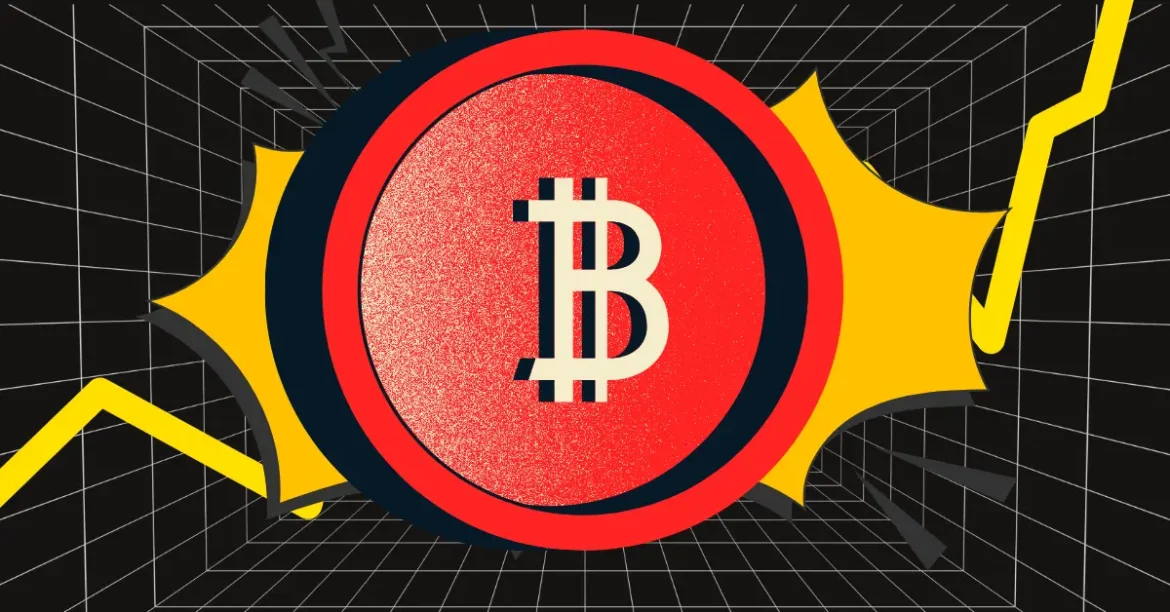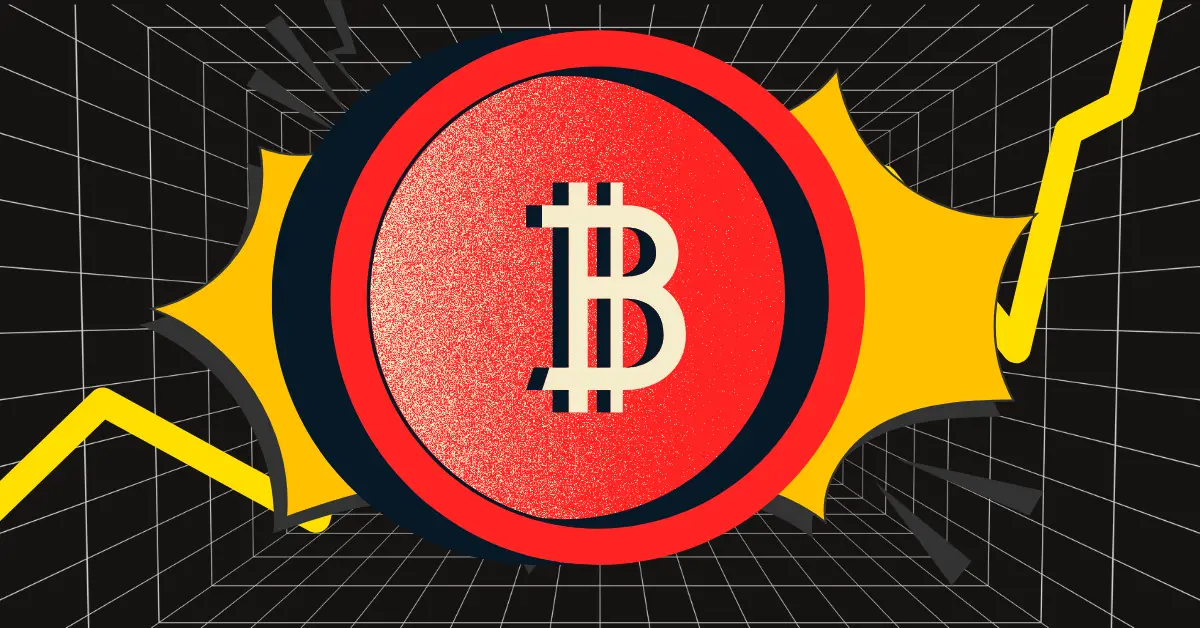Decoding the Coinbase Premium: A Compass for Bitcoin’s U.S. Demand
Introduction
The cryptocurrency market is a dynamic and often unpredictable landscape, where investors constantly seek reliable indicators to navigate its volatility. One such indicator, the Coinbase Premium, has recently turned negative after a 60-day positive streak, sparking concerns about U.S. demand for Bitcoin. This shift raises critical questions about the health of the market and the future of Bitcoin. To understand the implications, we must delve into what the Coinbase Premium is, why it matters, and what its recent negativity might signify for Bitcoin’s trajectory.
Understanding the Coinbase Premium
The Coinbase Premium is a measure of the price difference between Bitcoin (BTC) on Coinbase Pro (USD pair) and Binance (USDT trading pair). This metric serves as a barometer for U.S. investor demand for Bitcoin. Coinbase, a leading platform for U.S. retail and institutional investors, reflects the buying and selling pressures within the American market. In contrast, Binance caters to a more global audience.
When the price of Bitcoin on Coinbase is higher than on Binance, the Coinbase Premium is positive, indicating strong buying pressure from U.S. investors. Conversely, when the price on Coinbase is lower, the premium turns negative, signaling weaker demand and potential selling pressure from U.S. investors. This premium is a crucial indicator because it provides insights into the sentiment and behavior of U.S. investors, who play a significant role in driving Bitcoin’s price movements.
The Significance of a Negative Premium
A negative Coinbase Premium carries substantial implications for Bitcoin’s price and market sentiment. Here’s why:
Weakening U.S. Demand
The most direct interpretation of a negative premium is a weakening demand from U.S. investors. This suggests that American buyers are less willing to pay a premium for Bitcoin compared to their global counterparts. A decline in U.S. demand can be attributed to various factors, including reduced confidence in Bitcoin’s short-term prospects, regulatory uncertainties, or macroeconomic conditions that make investors more cautious.
Potential Price Weakness
Historically, a negative Coinbase Premium has been associated with potential price weakness for Bitcoin. If U.S. investors, who often drive a significant portion of the market’s trading volume, are offloading BTC at a discount, it can exert downward pressure on the overall price. This selling pressure can lead to a domino effect, where other investors, seeing the negative premium, may also decide to sell, further driving the price down.
Shift in Market Dynamics
A negative premium can also signify a shift in market dynamics. It might indicate that speculative buying on Coinbase, often driven by retail investors, has diminished. This could be due to concerns about price volatility, regulatory uncertainties, or macroeconomic conditions. A shift in market dynamics can lead to a more cautious and risk-averse investment environment, which can impact Bitcoin’s price and market sentiment.
Fear and Uncertainty
A sustained negative premium can reinforce growing fear and uncertainty within the market. If investors perceive that U.S. demand is waning, it can trigger further selling and exacerbate price declines. This fear can create a self-fulfilling prophecy, where negative sentiment leads to more selling, which in turn leads to further price declines and more negative sentiment.
Recent Trends and Possible Causes
The recent shift of the Coinbase Premium into negative territory after a 60-day positive streak is particularly noteworthy. Several factors may have contributed to this change:
Price Volatility
Increased price volatility in the Bitcoin market can make investors more cautious, leading to reduced buying activity and potential selling. When the market experiences significant fluctuations, U.S. investors may choose to reduce their exposure to Bitcoin, contributing to a negative premium. This volatility can be driven by various factors, including market manipulation, regulatory news, or macroeconomic events.
ETF Outflows
Slowdowns in Bitcoin ETF inflows, or even outflows, can also impact the Coinbase Premium. Since ETFs provide a convenient way for U.S. investors to gain exposure to Bitcoin, reduced interest in these investment vehicles can signal a broader decline in demand. ETF outflows can be driven by various factors, including changes in investor sentiment, regulatory concerns, or macroeconomic conditions.
Macroeconomic Factors
Broader macroeconomic factors, such as rising interest rates, inflation concerns, and geopolitical uncertainties, can also influence investor sentiment towards Bitcoin. In times of economic uncertainty, investors may shift their focus to more traditional assets, reducing demand for cryptocurrencies. These macroeconomic factors can create a risk-off environment, where investors prefer to hold cash or traditional assets rather than speculative assets like Bitcoin.
Regulatory Concerns
Regulatory uncertainty surrounding cryptocurrencies in the United States can also contribute to a negative Coinbase Premium. If investors are concerned about potential regulatory crackdowns or unfavorable policies, they may become more hesitant to invest in Bitcoin. Regulatory concerns can create a climate of uncertainty, where investors prefer to wait on the sidelines until there is more clarity about the regulatory environment.
Interpreting the Data: Caution or Opportunity?
While a negative Coinbase Premium can be a cause for concern, it’s essential to interpret the data within the broader context of the market. A negative premium doesn’t necessarily guarantee a massive price crash. Instead, it can also present potential opportunities:
Potential Buying Opportunity
A negative premium could signal a buying opportunity for savvy investors who believe in Bitcoin’s long-term potential. If the premium is negative due to short-term market fears or overreactions, it could be an opportune time to accumulate Bitcoin at a discount. This buying opportunity can be particularly attractive for investors who have a long-term horizon and are not swayed by short-term market fluctuations.
Market Correction
The negative premium may simply be a sign of a healthy market correction after a period of rapid price appreciation. Corrections are a natural part of any market cycle and can help to flush out excess speculation and create a more sustainable foundation for future growth. A market correction can also provide an opportunity for investors to enter the market at more attractive prices.
Reversal Signal
Historically, periods of negative Coinbase Premium have sometimes preceded significant rallies in Bitcoin’s price. This could be because the negative premium indicates that the market is oversold, creating the conditions for a rebound. A reversal signal can be particularly powerful if it is accompanied by other bullish indicators, such as increasing trading volume or positive news about Bitcoin’s adoption or regulatory environment.
Conclusion: Navigating the Bitcoin Landscape
The recent shift of the Coinbase Premium into negative territory is a significant event that warrants attention. While it suggests weakening U.S. demand for Bitcoin, it’s crucial to avoid knee-jerk reactions. A negative premium is just one piece of the puzzle, and it should be analyzed in conjunction with other market indicators and fundamental factors. Investors should consider it within the broader economic and regulatory landscape, as well as Bitcoin’s long-term potential. Whether this signals a cautionary tale or a golden opportunity remains to be seen, but by understanding the dynamics of the Coinbase Premium, investors can navigate the Bitcoin landscape with greater clarity and make more informed decisions.





